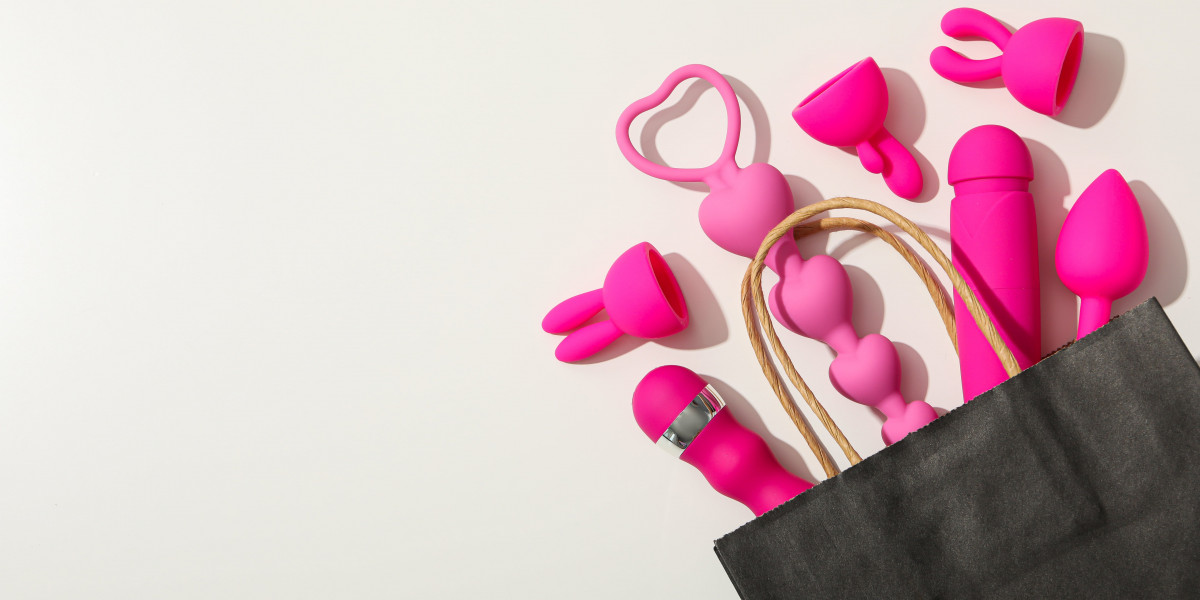The Purrfect Passage: Expert Tips for Cat Flap Installation
For cat owners, the desire to supply their feline companions with liberty and self-reliance while preserving the security and comfort of their home is a common goal. A cat flap, relatively an easy service, uses just that-- allowing your cat to come and go as they please without needing you to play doorman. Nevertheless, a poorly set up cat flap can lead to draughts, security vulnerabilities, and annoyed felines. Therefore, understanding the nuances of Cat Door In Sliding Door flap installation is essential for both your cat's wellness and your comfort.

This article functions as a comprehensive guide to cat flap installation, offering expert tips and guidance to make sure a smooth and effective job. Whether you're a seasoned DIY enthusiast or a first-timer, this guide will equip you with the knowledge to produce the purrfect passageway for your precious cat.
Picking the Right Cat Flap: The First Step to Success
Before you even consider tools and templates, it is crucial to choose the ideal cat flap for your needs and your home. The marketplace offers a varied variety of choices, each with its own set of functions and benefits. Consider these elements when making your choice:
- Type of Cat Flap: Cat flaps are not a one-size-fits-all option. They can be found in different types, each using different levels of security and benefit:
- Standard Manual Cat Flaps: These are the easiest and most economical alternatives, permitting any cat (or small animal) to enter and leave. They appropriate for low-security environments.
- Magnetic Cat Flaps: These flaps react to a magnet connected to your cat's collar. They provide a little much better security by preventing roaming animals from entering.
- Infrared cat flap in glass door Flaps: Similar to magnetic flaps, these utilize an infrared sensing unit that reads a special collar tag. They are more secure than magnetic flaps and less prone to interference.
- Microchip Cat Flaps: The most advanced alternative, these flaps are triggered by your cat's unique microchip, making sure just your pet can gain entry. This offers the highest level of security and control, preventing undesirable animals from entering your home.
- Product and Durability: Cat flaps are usually made from plastic or aluminium.
- Plastic flaps are typically more budget-friendly and lighter however might be less durable and more susceptible to weathering.
- Aluminium flaps are more robust, weather-resistant, and safe and secure, typically featuring a stronger locking system.
- Size of Your Cat: Ensure the flap opening is large enough for your cat to travel through conveniently without struggling. Consider your cat's size and type when selecting. Procedure your cat from chest to ground and add a number of inches for comfy clearance.
- Installation Location: Where will you be installing the cat flap? Doors, walls, and windows each present various installation challenges and need specific kinds of cat flaps or extra accessories like tunnels for thicker walls.
- Spending plan: Cat flaps range in price from fundamental manual models to modern microchip variations. Set a spending plan and consider the long-lasting worth and security benefits when making your option.
Preparation is Paramount: Setting Yourself Up for Success
As soon as you have chosen the ideal cat flap, correct preparation is essential to a smooth installation. Rushing into the process can lead to mistakes and frustration. Take the time to strategy and gather everything you need in advance:
Choosing the Right Location: Carefully consider the area for your cat flap.
- Security: Choose a location that is not quickly accessible to burglars and preferably far from public view.
- Accessibility for Your Cat: Ensure the location is easily accessible for your cat, both within and outside. Think about the height from the ground and any challenges.
- Benefit for You: Select an area that is convenient for access and maintenance but does not interfere with the flow of your home.
- Preventing Utilities: Check for any hidden wires, pipes, or structural components within the wall or door where you prepare to install the flap.
Gathering the Necessary Tools and Materials: Having all the right tools at hand will make the installation process much easier. Necessary tools usually consist of:
- Cat flap kit: This must consist of the cat flap itself, a design template, screws, and possibly a tunnel extension depending upon the model and installation type.
- Pencil and ruler/tape measure: For marking and determining properly.
- Drill: With appropriate drill bits for pilot holes and possibly larger bits for cutting if required by your picked approach.
- Jigsaw or Keyhole saw: For cutting the opening for the cat flap (depending on product and installation technique).
- Screwdriver: To secure the cat flap in location (often a Phillips head screwdriver).
- Security glasses and gloves: For security during cutting and drilling.
- Sealant (optional): To seal around the cat flap and avoid draughts and water ingress, specifically for external doors and walls.
- Level (optional): To ensure the cat flap is set up straight.
Measuring and Marking: Accuracy is crucial for a correct fit.
- Utilize the template supplied: Most cat flap kits include a template. Utilize this to properly mark the cutout area on your chosen place.
- Consider your cat's height: Position the template at a suitable height for your cat. The bottom of the flap should be low enough for comfortable entry and exit however not too low that it permits rain or dirt to go into easily.
- Double-check measurements: Before you start cutting, double-check all your measurements and markings to avoid mistakes.
Step-by-Step Installation in a Wooden Door (Example)
Installing a cat flap in a wood door is a typical DIY task. Here's a basic step-by-step guide:
- Mark the Cutout: Tape the template supplied with your cat flap set onto the door at the preferred location. Utilize a pencil to trace the summary of the template onto the door.
- Drill Pilot Holes: Using a drill and a drill bit a little larger than the width of your jigsaw blade (or keyhole saw), drill pilot holes at each corner of the marked overview and possibly a couple of along the straight edges to make starting the jigsaw simpler.
- Cut the Opening: Using a jigsaw or keyhole saw, carefully cut along the marked outline, linking the pilot holes. Take your time and follow the line properly. Ensure you use safety glasses and gloves during this step.
- Test Fit and Sand (if needed): Before fully inserting the cat flap, test fit it in the opening. If it's too tight, carefully sand down any rough edges of the cutout up until the flap fits snugly.
- Insert and Secure the Cat Flap: Place the two halves of the cat flap (inner and outer frame) into the opening from either side of the door. Line up the screw holes.
- Screw Together: Using the screws supplied, tighten up the 2 halves of the cat flap together. Do not overtighten, as this could damage the door or the cat flap.
- Seal (Optional): Apply sealant around the edges of the cat flap where it satisfies the door frame for added weatherproofing and insulation.
Installation Considerations for Different Materials
While wood doors are relatively simple, installing cat flaps into other materials needs different methods:
- Glass Doors and Windows: Installing a cat flap in glass requires specialized tools and proficiency. It is highly advised to employ a professional glazier to cut and set up a cat flap in glass. Trying this yourself can be unsafe and threats shattering the glass.
- UPVC Doors: UPVC doors often have actually strengthened panels or may include metal parts. Installation can be complicated and might need professional help. Carefully inspect the door's building before attempting DIY installation or speak with the door producer's standards.
- Walls: Installing a cat flap in a wall requires producing a tunnel through the wall thickness. This normally includes purchasing a tunnel extension kit that matches the depth of your wall. The cat-friendly housing installation process is comparable to door installation but needs careful planning and possibly more comprehensive cutting and sealing.
Post-Installation Tips: Welcoming Your Cat to Freedom
When the cat flap is set up, the job isn't quite finished. Here are some tips for assisting your cat adjust and maximizing your new cat flap:
- Introduce the Cat Flap Gradually: Don't anticipate your cat to use the flap right away. Start by propping the flap open and motivating your cat to walk through it with treats and positive reinforcement.
- Entice with Treats and Toys: Place treats or toys on either side of the flap to incentivize your indoor cat door installation to check out and utilize it.
- Perseverance is Key: Some cats adapt quickly, while others may take some time. Be client and prevent requiring your cat through the flap, which can produce negative associations.
- Check for Draughts and Security: After installation, check for any draughts or gaps around the cat flap. Ensure it is securely fitted and functioning correctly.
- Regular Maintenance: Keep the cat flap tidy and devoid of particles. Periodically inspect the locking mechanism and hinges to guarantee they are functioning smoothly.
By following these tips and taking your time with the installation process, you can develop a safe, convenient, and inviting cat flap for your feline friend, improving their freedom and enriching their life while keeping the comfort and security of your home.
Frequently Asked Questions (FAQs) about Cat Flap Installation
Q: Can I install a cat flap in any door?
A: While cat flaps can be installed in a lot of kinds of doors, some require more customized methods or professional assistance. Wood doors are the most convenient for DIY installation. Glass doors and UPVC doors might need professional installation.
Q: How high should I install a cat flap?
A: The perfect height depends upon your cat's size, but typically, the bottom of the flap need to be around 10-15 cm (4-6 inches) from the ground. This permits most cats to go through easily without needing to crouch too low.
Q: What tools do I truly require for cat flap installation?
A: Essential tools consist of a drill, jigsaw or keyhole saw, screwdriver, pencil, ruler/tape procedure, and shatterproof glass and gloves. A sealant weapon and sealant are recommended for external doors and walls.
Q: How long does it take to set up a cat flap?
A: For a simple installation in a wood door, it can take anywhere from 1 to 3 hours, depending upon your DIY experience and the complexity of the door. Installation in other materials or walls may take longer.
Q: What if I am not confident in my DIY abilities?
A: If you are unpleasant with DIY projects, it is always best to employ a professional handyman or carpenter to set up the cat flap for you. This makes sure an appropriate and secure installation, specifically for more complex installations like glass or UPVC doors and walls.
Q: How can I stop stray felines from using my cat flap?
A: Microchip cat flaps are the most efficient way to prevent roaming animals from entering your home as they just open for your cat's registered microchip. Magnetic and infrared flaps use some, however less dependable, security.
Q: Do cat flaps let in draughts?
A: Modern cat flaps are designed with draught-excluding features like brushes or magnetic closures. However, correct installation and sealing are crucial to reduce draughts.
Q: How do I train my cat to use a cat flap?
A: Patience and favorable reinforcement are essential. Start by propping the flap open, using treats and toys to entice your cat through. Gradually decrease the openness of the flap as your cat gets more comfy.
Q: Can I install a cat flap in a wall?
A: Yes, cat flaps can be set up in walls. This normally needs a tunnel extension package to connect the inner and outer frames through the density of the wall. Wall setups might be more intricate and require careful preparation.
Q: What maintenance is required for a outdoor cat door installation flap?
A: Regularly clean the flap and surrounding location to remove dirt and particles. Check the hinges and locking system regularly and tighten screws if needed. Oil hinges with silicone spray if they become stiff.






